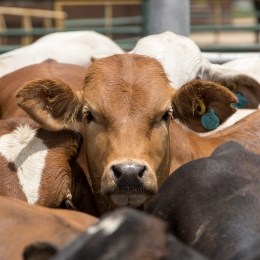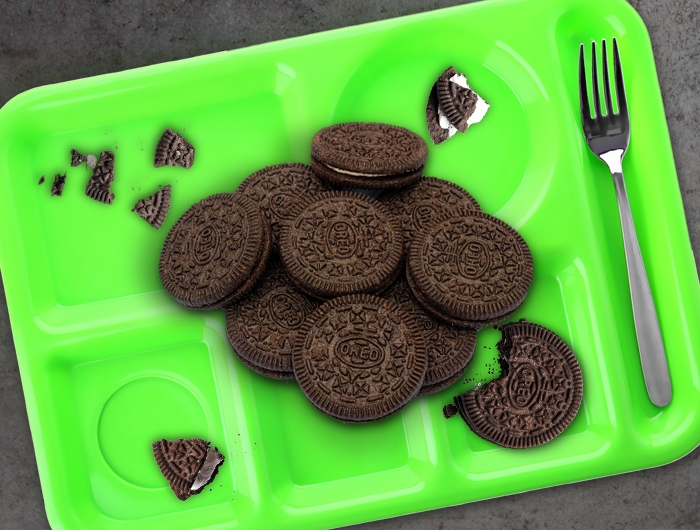
Take action
Tell companies to stop selling dessert for breakfast
Please join us in protecting our kids by sending a message now.
Dessert for breakfast
The Dietary Guidelines for Americans (DGA) recommend that no more than 10 percent of daily calories should come from added sugars. Children on average consume 170 percent of the recommended limit of added sugars. Excessive intake among children is associated with weight gain, dental decay, and an increase in risk factors for cardiovascular disease.
A recent report by CSPI analyzed the nutritional quality of school food products. CSPI investigated whether school food products could meet an added sugar limit consistent with the DGA recommendations. The good news? Many K-12 products could fit within a science-based limit. But, unfortunately, many popular breakfast offerings don’t. Companies must do more to reduce added sugars, and support parents and school foodservice providers trying to do right by their kids.
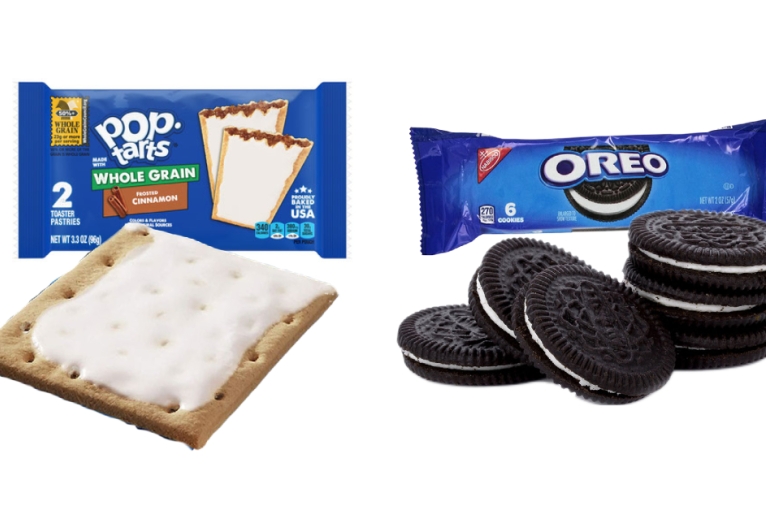
Pop-Tarts
Kellogg's: Twin Pack of Pop-Tarts Made with Whole Grain Frosted Cinnamon has 30 g added sugars.
More added sugars than a 6 pack of Oreo cookies (28 g)
More added sugars than a package of Sour Patch Kids (24 g)
More added sugars than a serving of Häagen-Dazs Chocolate Chocolate Chip Ice Cream (25g)
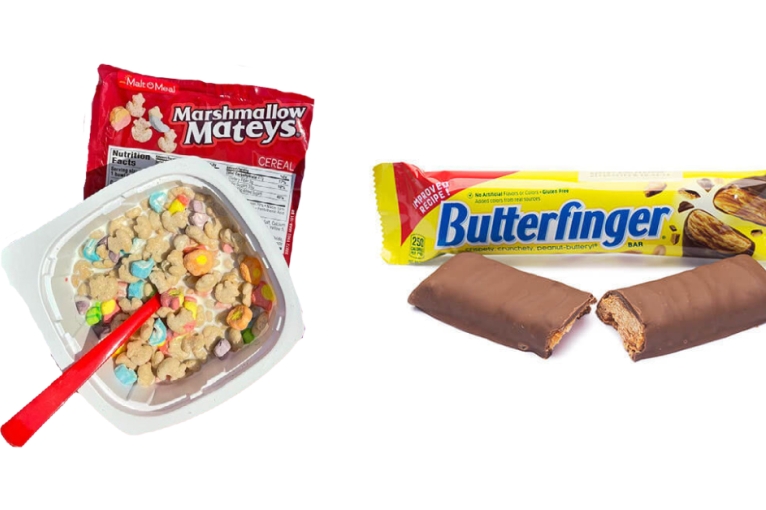
Post cereal
Post Holdings: Marshmallow Mateys has 23 g added sugars.
More added sugars than 6 Chips Ahoy! cookies (22 g)
More added sugars than a Butterfinger Bar (20 g)
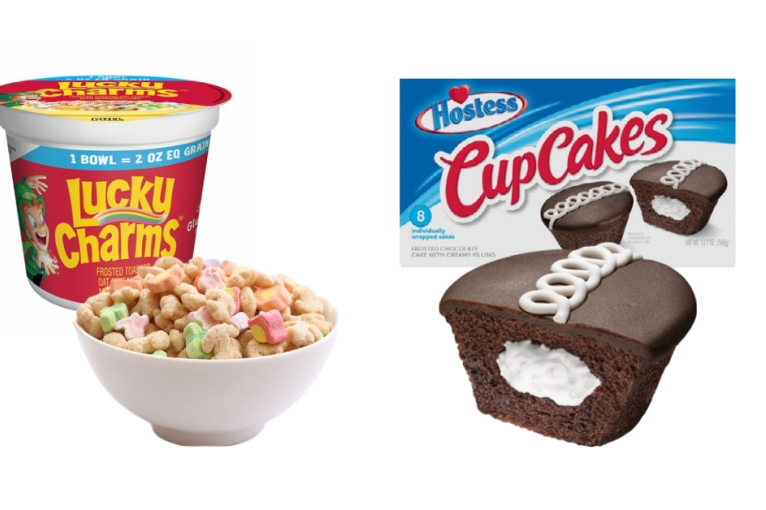
Lucky Charms
General Mills: Lucky Charms 2 oz bowl has 19 g added sugars.
- As much added sugars as a Hostess CupCake (19 g)
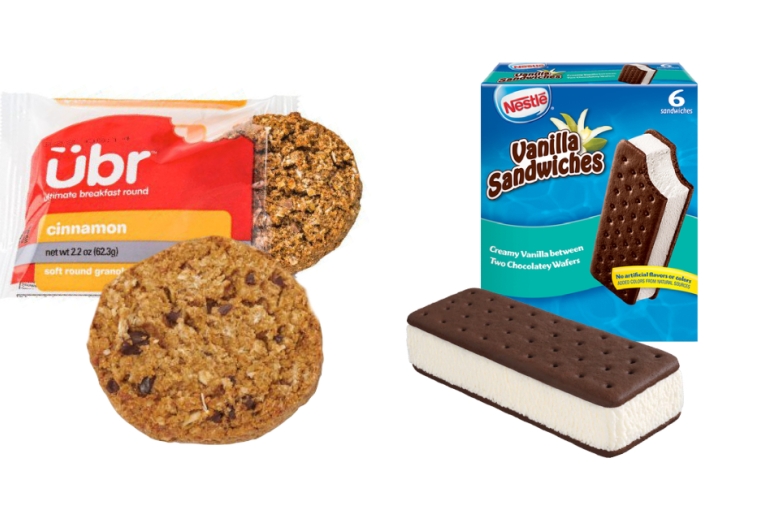
Breakfast Rounds
Rich’s: UBR Chocolate Chip IW (and Cinnamon) has 18 g added sugars.
More added sugars than a Nestlé Ice Cream Vanilla Sandwich (17 g)
More sugars than Kozy Shack Chocolate pudding (17 g)
Resources
- School Meals Corporate Report Card
CSPI's 2021 progress report on school meal nutrition standards.
- Dessert for Breakfast Fact Sheet
A fact sheet on how school food companies are feeding kids dessert for breakfast.
More about school meals
Back to school: Allergen-free snacks for the whole class

House GOP Farm Bill framework fails to protect SNAP
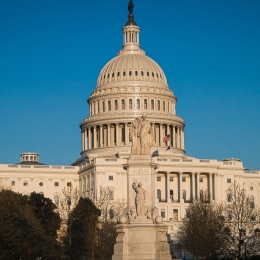
USDA sets first added sugars limit on school breakfasts, lunches

School meals get an upgrade: What to expect going forward
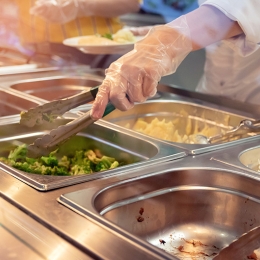
Peter's Memo: Protecting our planet
